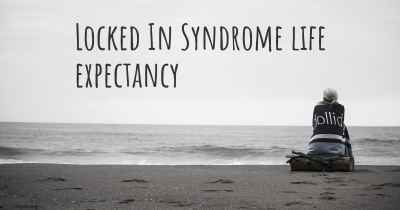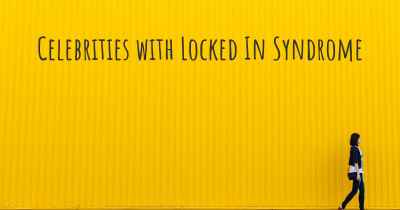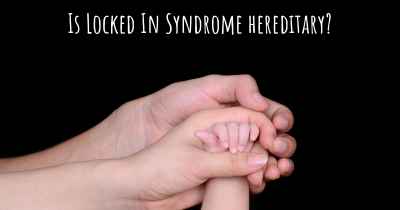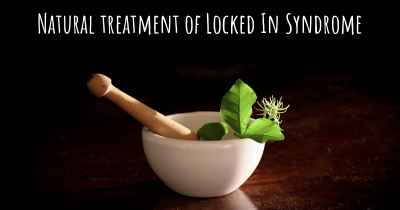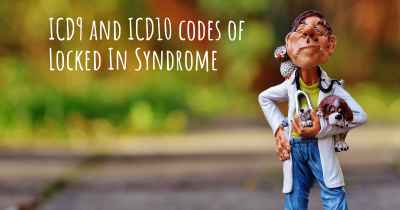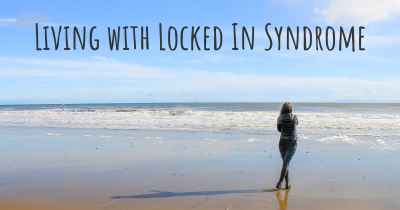Locked In Syndrome diet. Is there a diet which improves the quality of life of people with Locked In Syndrome?
Are you aware of a diet that can improve the quality of life of people with Locked In Syndrome? Is there a diet that is suggested to avoid when having Locked In Syndrome? See if there is a diet that can improve the quality of life of people with Locked In Syndrome, recommended and to avoid food when having Locked In Syndrome
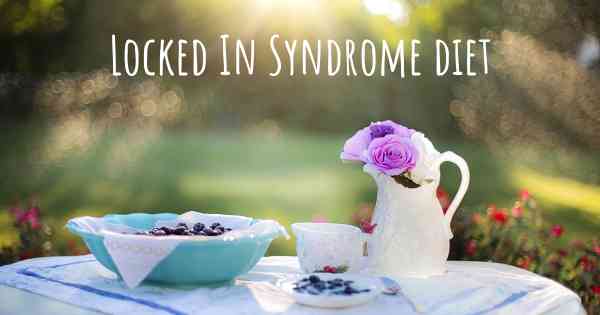
Locked-In Syndrome Diet: Improving Quality of Life
Locked-In Syndrome (LIS) is a rare neurological condition characterized by complete paralysis of voluntary muscles, except for eye movement. Individuals with LIS often face significant challenges in their daily lives, including communication and nutrition. While there is no specific diet that can cure or reverse LIS, a well-balanced and tailored diet can play a crucial role in improving the quality of life for people with this condition.
The Importance of Nutrition
Nutrition is vital for individuals with LIS as it supports overall health, prevents complications, and enhances well-being. A well-planned diet can help manage underlying health conditions, maintain a healthy weight, and provide essential nutrients for optimal bodily functions.
Key Considerations for a Locked-In Syndrome Diet
When designing a diet plan for someone with LIS, several factors should be taken into account:
- Caloric Needs: Individuals with LIS often have limited mobility, which can lead to reduced energy expenditure. It is important to determine the appropriate caloric intake based on their age, gender, weight, and activity level.
- Hydration: Ensuring proper hydration is crucial for individuals with LIS. Adequate fluid intake can help prevent complications such as urinary tract infections and constipation. Consultation with a healthcare professional can help determine the appropriate fluid requirements.
- Texture Modification: Many individuals with LIS may have difficulty swallowing (dysphagia) due to muscle paralysis. Modifying the texture of foods and liquids can help ensure safe swallowing. This may involve pureeing, thickening liquids, or choosing soft and easy-to-swallow foods.
- Essential Nutrients: A balanced diet should include a variety of nutrient-rich foods. Emphasize fruits, vegetables, whole grains, lean proteins, and healthy fats. Adequate intake of vitamins and minerals, such as calcium and vitamin D, is particularly important for maintaining bone health.
- Individual Preferences and Allergies: Consider the individual's food preferences, cultural background, and any known allergies or intolerances when planning meals. This can help ensure a diet that is enjoyable and tailored to their specific needs.
Collaboration with Healthcare Professionals
Creating a suitable diet plan for someone with LIS requires collaboration with healthcare professionals, such as registered dietitians or nutritionists. These experts can assess the individual's nutritional needs, provide guidance on texture modifications, and address any specific concerns or challenges.
Additional Supportive Measures
In addition to a well-planned diet, other supportive measures can enhance the quality of life for individuals with LIS:
- Assistive Devices: Various assistive devices, such as communication aids or feeding utensils, can help individuals with LIS overcome communication and feeding difficulties.
- Physical and Occupational Therapy: Regular therapy sessions can help maintain muscle strength, improve range of motion, and enhance overall well-being.
- Psychological Support: Living with LIS can be emotionally challenging. Access to psychological support, counseling, or support groups can provide valuable emotional and mental health support.
While a specific diet cannot cure LIS, a well-planned and individualized diet, in conjunction with other supportive measures, can significantly improve the quality of life for individuals with this condition. Collaboration with healthcare professionals is essential to ensure the diet meets the individual's unique needs and preferences.
